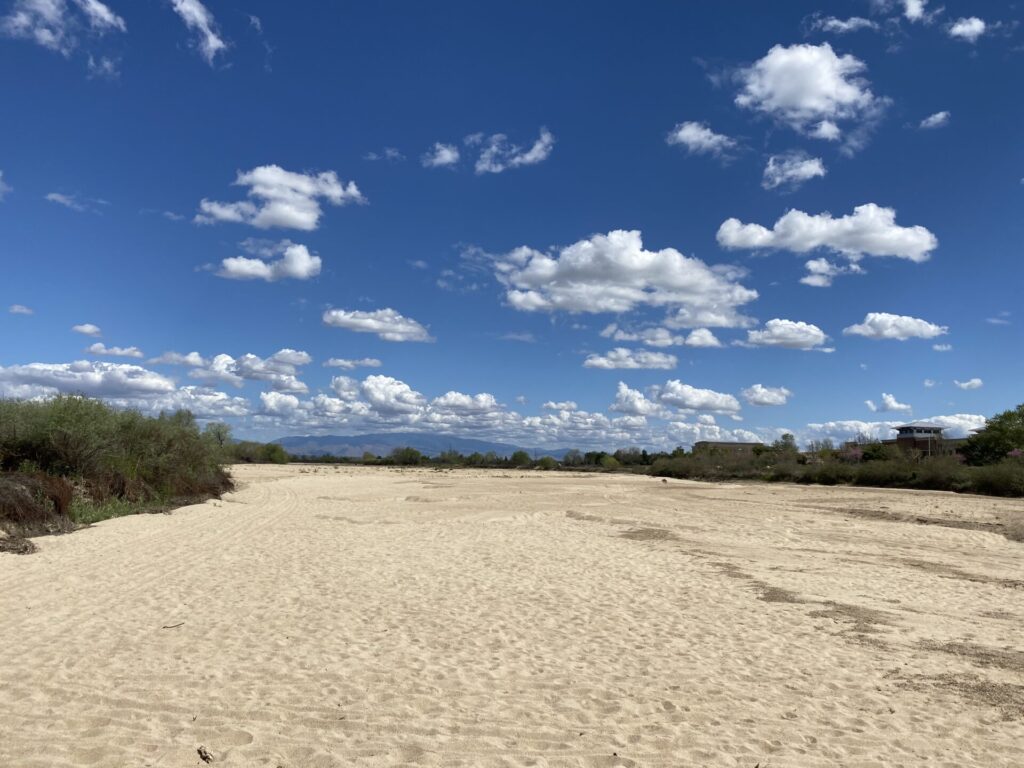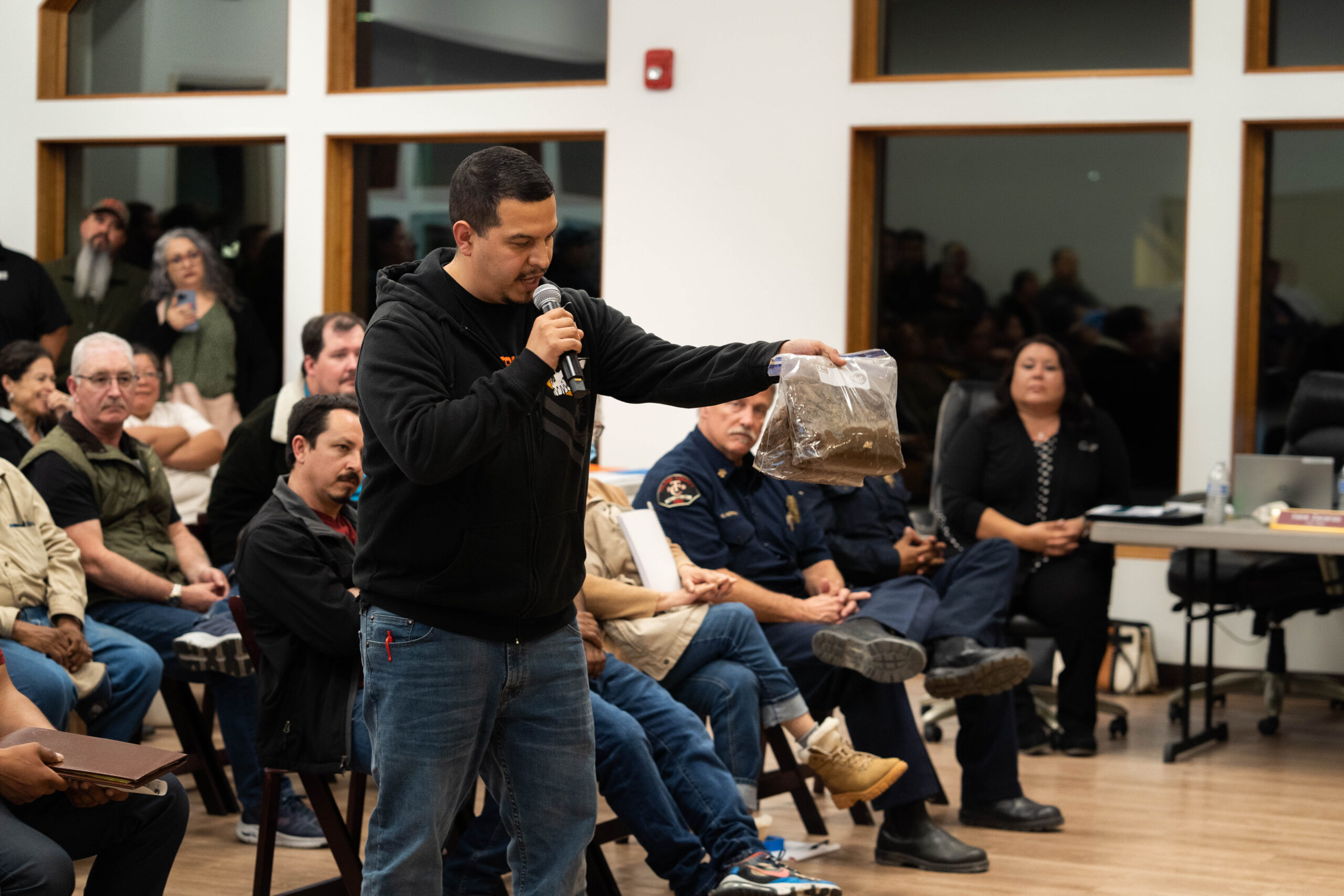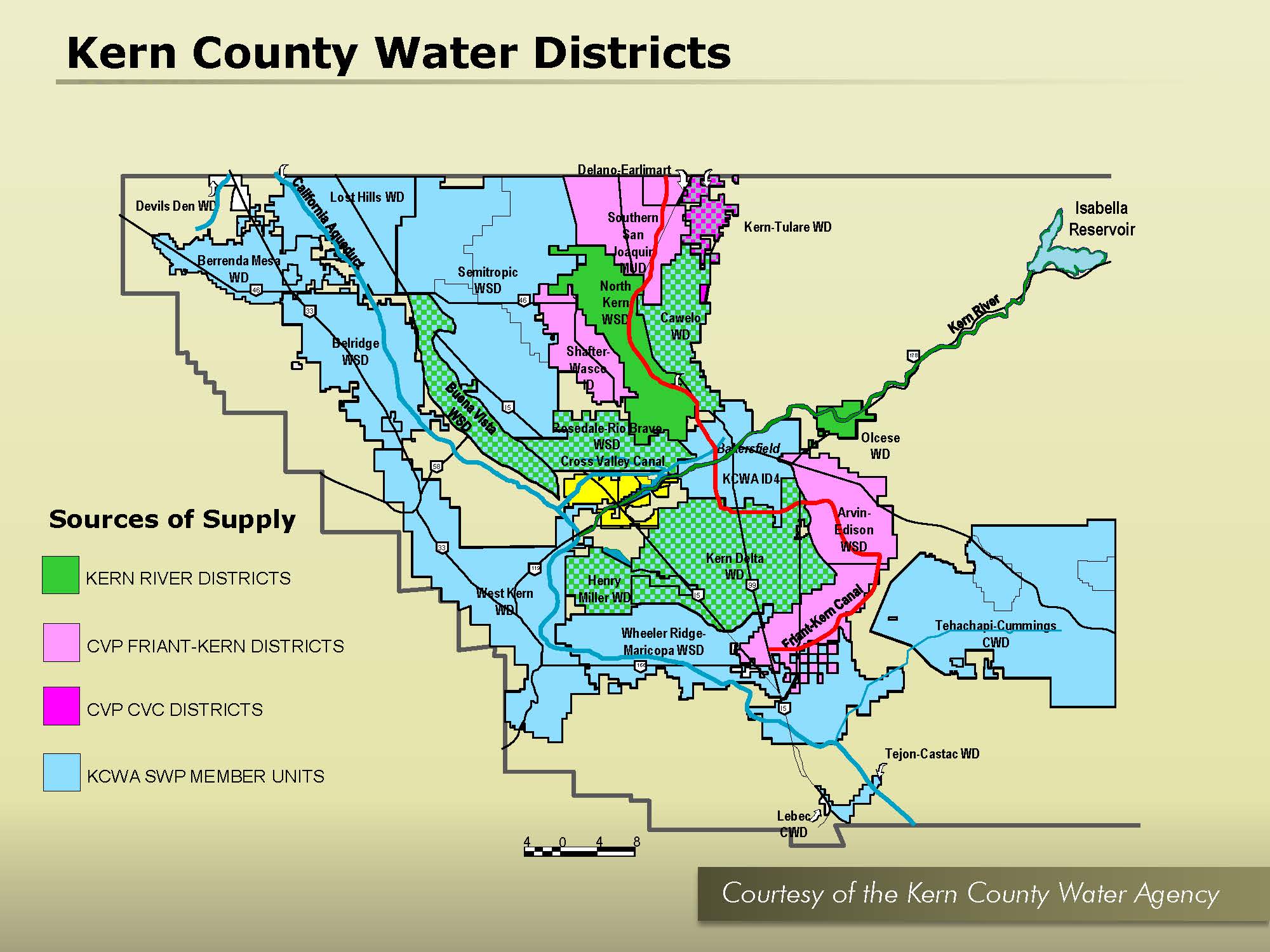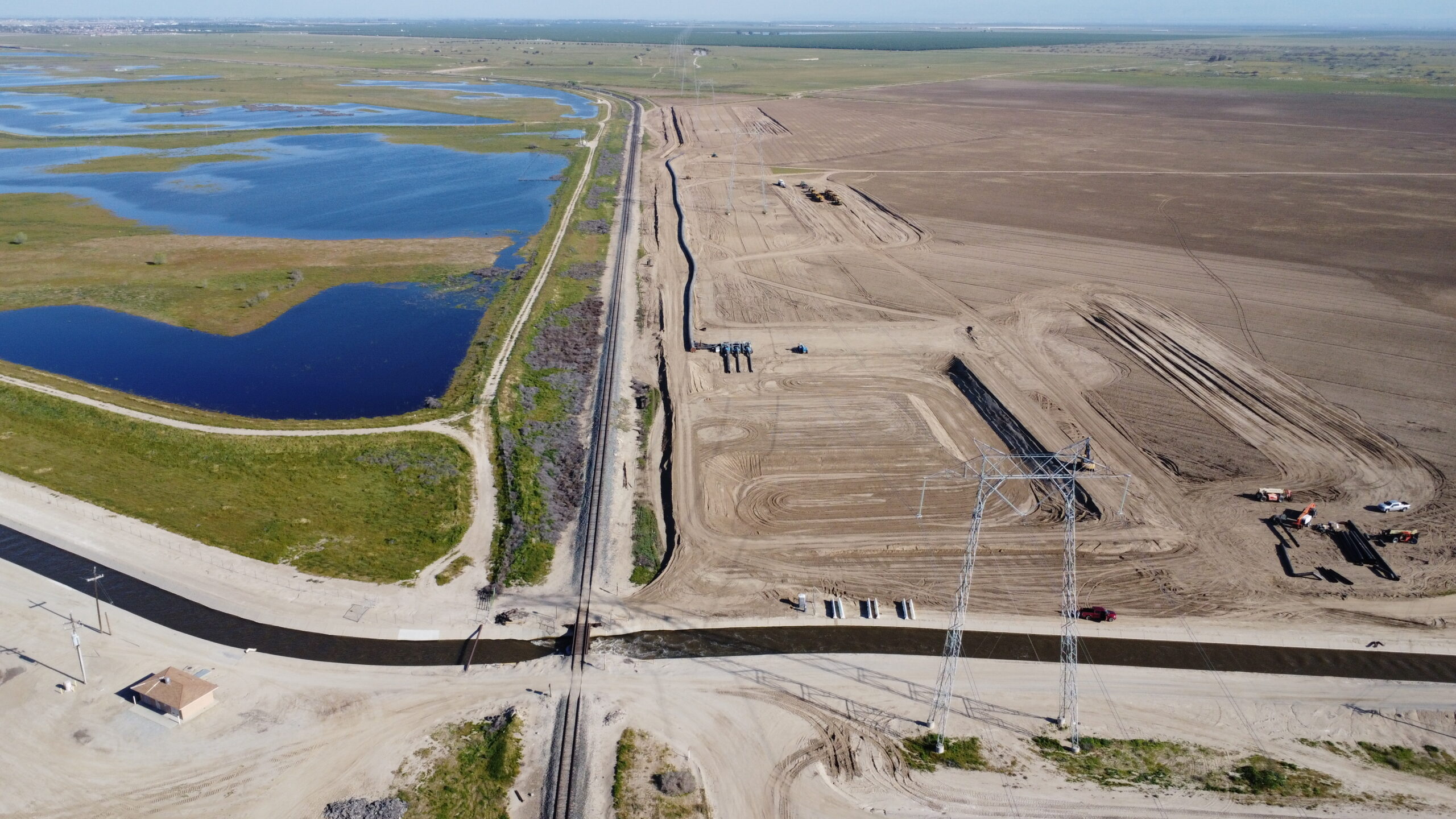The lower Kern River earned the dubious distinction of being named one of the country’s 10 “most endangered rivers,” according to American Rivers, a national environmental group that has highlighted rivers suffering pollution and other threats for the past 36 years.
The group listed “excessive water withdrawls” as the main threat to the lower Kern, which is dry in all but the biggest water years as it cuts through the heart of Bakersfield.
“We wish the Kern didn’t merit listing as an endangered river,” wrote Tim McNeely, with local group Bring Back the Kern, in an email. “But since it faces an ongoing existential threat, we are excited that now the river is getting the national attention it deserves.
“Decision-makers and Kern River water users should now feel the eyes of millions of Americans on them, adding pressure to fix our broken and endangered river.”
The Kern River was No. 7 on the list this year, which was topped by the Colorado River, described as “ground zero for the climate crisis as water levels plummet threatening the lifeblood of 30 federally recognized Tribal Nations, seven states and Mexico,” according to an American Rivers press release
“What’s remarkable is that (the Kern) still qualifies as a river,” said Adam Keats, an attorney who is representing several public interest groups, including Bring Back the Kern, at hearings by the State Water Resources Control Board to determine whether there is water available on the river and, if so, who should get it.
Keats praised the endangered designation for bringing attention to the importance of protecting the Kern and credited Bring Back the Kern with raising awareness about the river.
“This is all organic. It’s not driven by outside groups,” Keats said. “It’s tremendous to have the Kern River highlighted on this list, which so many rivers in the country, sadly, are also deserving of.”
He hoped funders would follow the designation to help locals in their quest to have water flowing in the river through town on a more regular basis.
Though Mark Mulkay, Kern River Watermaster, didn’t agree that the Kern is “endangered,” he said he looked forward to learning more about American Rivers, what this designation means and understanding the group’s point of view.
This isn’t the first time the Kern River has made the endangered list, according to the American Rivers press release.
It was also spotlighted in 1986, 1990 and 1998 because of proposed dams.
American Rivers chooses rivers based on several factors including the magnitude of the threat, the significance of the river to the environment and its surrounding community and whether the river is at a “crossroads,” where key decisions are approaching in the next 12 months that the public has an opportunity to influence, according to its website.
The biggest issue looming on the Kern River is the second half of a set of hearings to determine if water is available either through a forfeiture or that may occur in flood years.
In 2007, a court found that the Kern Delta Water District had forfeited some river water for lack of use, but the court didn’t say how much nor who should get that water.
That decision was left to the state Water Board, which found in 2010 that the river was no longer fully appropriated because some flood waters were making their way into the California Aqueduct in high flow years.
It said that when it determined what to do with that flood water, it would also sort through applications for the forfeited water. There have been six applications for the two “pots” of water — forfeited and flood water. Applicants include, the City of Bakersfield; North Kern Water Storage District along with the City of Shafter; Kern County Water Agency, Buena Vista Water Storage District; Kern Water Bank; and Rosedale-Rio Bravo Water Storage District.
Bakersfield, which is seeking the forfeited water, has pledged to run the water down the river bed.
More than a decade after the Water’ Board’s finding that the Kern was no longer fully appropriated, it Administrative Hearing arm finally took up the issue last year.
Several hearings on the forfeited water were held in late 2021. Hearings on the high-flow water are scheduled to begin May 2.
It’s difficult to see how the public may influence that process as the Administrative Hearing Officer ruled that “public trust” issues would not be hashed out during either set of hearings and would only come to bear after she rules on the basic issues of whether there is water available and, if so, how much.
Public trust refers to the fact that California owns all natural resources, including water, “in trust” for the public and must manage those resources for the highest beneficial use. In the past, agriculture and industry have been considered the highest beneficial use. But that sentiment has changed over the decades to include the environment and the ability for people to simply have a flowing river.
Keats has argued the hearing process is completely backwards.
“Public trust should have been determined first,” he said. “If it’s determined that water needs to flow down the river, then these agricultural water districts’ claims are mooted.”
Because this is an administrative hearing, however, the ruling is subject to oversight by the Water Board and that’s where the public may have more sway.
In fact, back in January, during an appeal of a finding by the hearing officer, at least one board member made her sympathies known.
“Frankly, in my mind, (water flows) are necessary in this river,” Board Member Laurel Firestone said during the board’s Jan. 19 meeting.
Share this:
- Click to share on Facebook (Opens in new window)
- Click to share on Twitter (Opens in new window)
- Click to share on LinkedIn (Opens in new window)
- Click to share on Reddit (Opens in new window)
- Click to share on Tumblr (Opens in new window)
- Click to share on Pinterest (Opens in new window)
- Click to share on Pocket (Opens in new window)
- Click to share on Telegram (Opens in new window)
- Click to share on WhatsApp (Opens in new window)
- Click to print (Opens in new window)







